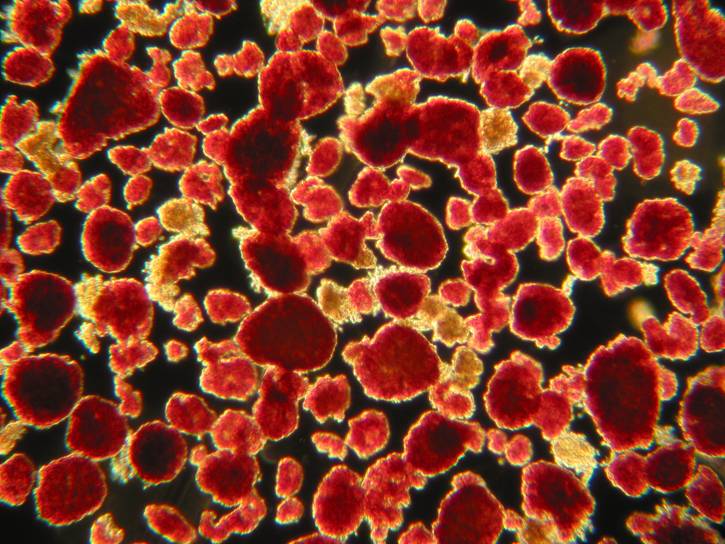Over the past several years, you may have found it difficult to find a good lot of collagenase from suppliers. If you’ve not experienced this in the past, you may wonder why this is happening now. Based upon my experience in collagenase product manufacture, and my interest in how business practices change over time, I suspect this change could be caused by any or all of three factors: reduction of product inventory levels, timing of your product request relative to collagenase inventory, and evolving collagenase requirements to meet new scientific needs.
Reduction of Product Inventory Levels:
A paradigm shift in business practice has occurred over the last 25 years; manufacturers in different industries have adopted the Toyota Production System to control costs and improve quality. Alternative terms for this practice are lean production or lean manufacturing. This practice has many beneficial features, but the one that appears to impact availability of good lots of collagenase is the principle of balancing inventory levels with customer demand. Based upon this principle, initiation of new C. histolyticum fermentation runs to create new lots of collagenase products is triggered when inventory falls below a “safety stock” level. This inventory control principle enables business managers to tightly control inventory costs. It works well in the manufacture of “widgets” where engineers can continuously improve their quality over time. However, it does not work well when product quality is influenced by biological variability of a bacterial culture supernatant. Biological variability may result in only some lots of product working for a user’s specific application.
When traditional collagenase inventory is managed in this way, no new lots of collagenase enter inventory until inventory drops below the safety stock level. For some collagenase manufacturers, it is clear that safety stock levels have been lowered, leading to a decreased likelihood that a “good” lot of collagenase might be in inventory.
Timing of your Product Request:
If you cannot find a good lot of collagenase, you may have fallen into the “stale inventory chasm” where new lots are not manufactured until a sufficient amount of the current stock of product is sold. Many of these stale lots were likely evaluated by others and found to be unacceptable. If you have demanding requirements for collagenase products, then you either wait for new lots to be manufactured, or turn to other collagenase suppliers for product. If the stars are aligned and your product request coincides with the addition of new lots of product to inventory, you’re in luck and have several choices of lots from which to select the best. If your timing is slightly off, and if you share the same supplier with a higher volume collagenase consumer, you may lose the opportunity to test new lots. A higher volume consumer may have been notified of new collagenase lot availability, and could purchase all of the “good” collagenase before you even know about it. In either case, my assumption is that readily finding good lots of collagenase does not happen as frequently as it has in the past.
Evolving Collagenase Requirements:
For some users, lot selection has never been an issue. The availability of collagenase has not impacted their laboratory work. Their product requirements are not as critical as others who require greater consistency of collagenase products to isolate cells. However, the need for more consistent collagenase products will be driven by the shift of funding to translational research. NIH’s focus on Clinical and Scientific Translation Awards reflects the new expectations of funding agencies that research is rapidly translated into improving human health. The explosion of deeper knowledge of biological systems, coupled with the introduction of new sophisticated tools, enables scientists to study root causes of many diseases. Those who have used traditional collagenase products in the past may find it increasingly difficult to find acceptable lots of products to meet their evolving needs. If your product requirements have changed, VitaCyte serves as a resource to address any questions you have on the performance of your collagenase reagents. We are committed to improving the productivity of your laboratory work by offering defined products to isolate primary cells from tissue, or recover cells after in vitro culture.
If have any comments on the content of this article, please contact me (Bob McCarthy) directly at rcmccarthy@vitacyte.com.
